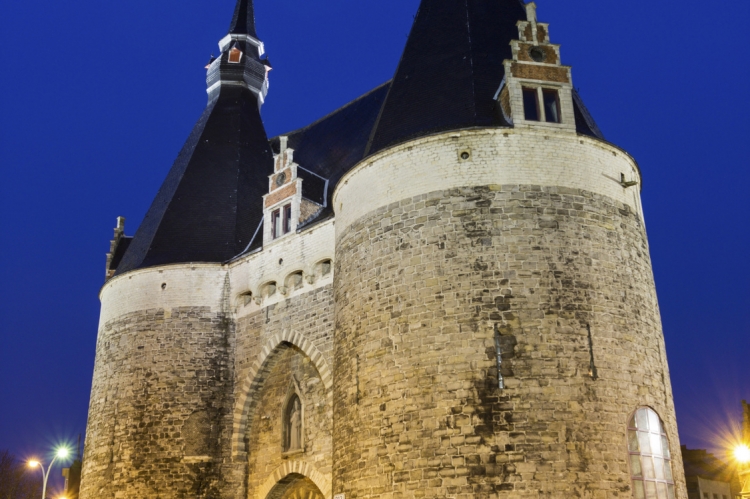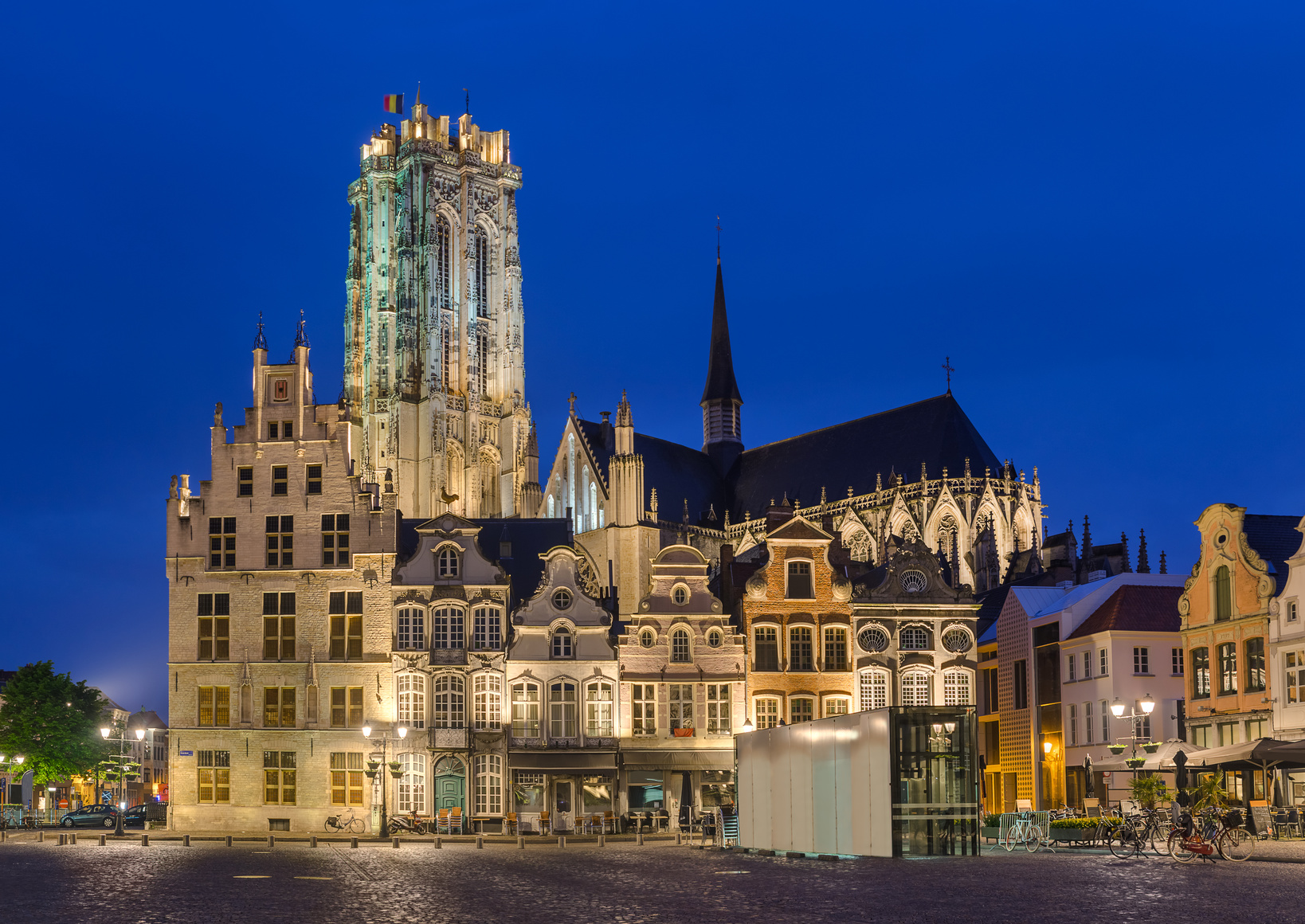Mechelen is a historically important Belgian city located in central Flanders on the banks of the river Dyle. During the period between 1506 and 1530 Mechelen was actually the capital of the Netherlands and, although this state of affairs didn’t last, it is still extremely prominent in terms of the history of Belgian art and traditional industries such as lace making, tapestry and wood carving. Like many Belgian cities, Mechelen has a compact city centre which is easy and pleasant to explore on foot and which still boasts many examples of medieval architecture. In fact, Mechelen is home to no fewer than 336 listed buildings, more than anywhere else in Belgium. Bearing this in mind it’s virtually impossible to turn a corner in the town centre without stumbling across a stunning building, including 8 historic churches and constructions dating back to the 14th, 15th and 16th centuries.
History
The rich and impressive history of Mechelen is summed up by the fact that a settlement existed on the site even earlier than the Roman Empire. Evidence, in the shape of an 8.5 metre canoe which is several thousands of years old, indicates that people had settled along this stretch of the river Dyle as early as the 5th Century BC. Over the centuries which followed the arrival and departure of the Romans in the 3rd Century AD the city grew to be a hugely important centre of the European fabric and woollen trade, eventually rising to the position of Belgian capital. Following the shift in power from Mechelen to Brussels, the city became famous as a centre of artistic excellence. The creators of art, music and manuscripts flocked to the city and it retains an atmosphere of bohemian creativity to the present day.



